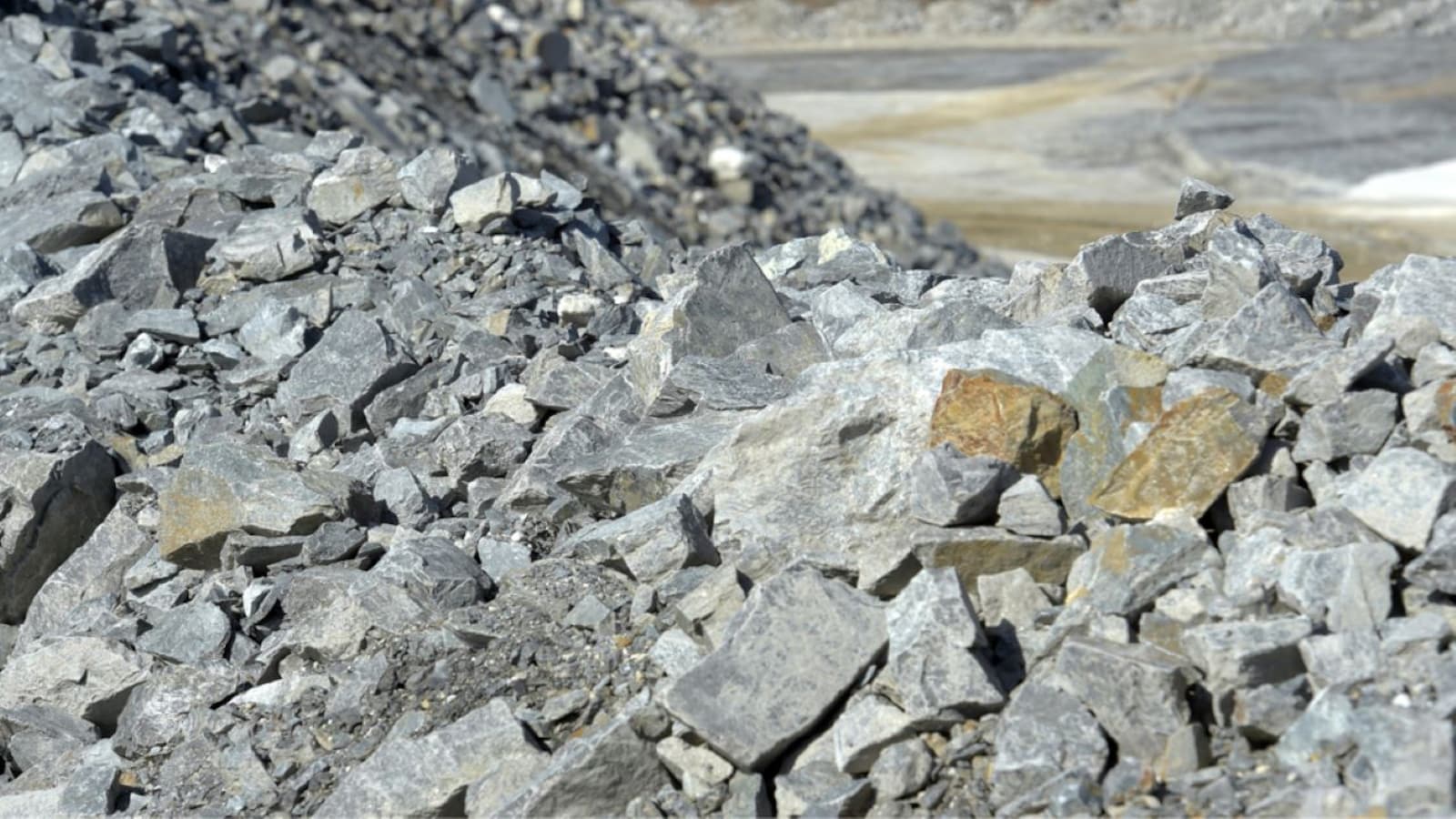Lithium
Lithium is a highly reactive and flammable soft, silver-white metal that belongs to the alkali metal group of elements. It has a variety of industrial and medicinal applications, making it a highly valuable element.
Uses of Lithium
Lithium is commonly used in rechargeable batteries for electronic devices and electric vehicles (EVs). It is preferred over other metals because of its high energy density, low self-discharge, and long cycle life. Lithium batteries are also lightweight, making them ideal for portable electronic devices.
Apart from its use in batteries, lithium also has medicinal applications. It is used in the treatment of bipolar disorder and other mental illnesses. Lithium helps stabilize mood swings and prevent manic episodes in people with bipolar disorder. In addition, it has been found to have neuroprotective effects and is being studied for its potential in treating neurodegenerative diseases such as Alzheimer’s.
Lithium has several industrial applications as well. It is used in the production of ceramics, glass, and lubricants. It is also used in air conditioning systems, as it has a high heat transfer coefficient and can help improve energy efficiency.
Lithium Deposits
The largest deposits of lithium are in Bolivia, Argentina, Chile, Australia, and China. Recently, Iran has claimed to have discovered a lithium deposit in the western province of Hamedan. It is found to contain around 8.5 million metric tons of lithium ore. In India, a possible 5.9 million tons reserve of lithium was recently reported in J&K’s Reasi district.
Lithium Extraction
Lithium is typically extracted from brines, which are naturally occurring saltwater solutions that contain lithium. Lithium can also be extracted from hard rock ores, but this is a more expensive and time-consuming process.
The extraction of lithium from brines involves pumping the brine into evaporation ponds and allowing the sun and wind to evaporate the water. This concentrates the lithium and other minerals in the brine. The concentrated brine is then treated with chemicals to remove impurities and further concentrate the lithium. Finally, the lithium is extracted from the brine using ion exchange or solvent extraction processes.
Category: Science & Technology Current Affairs








